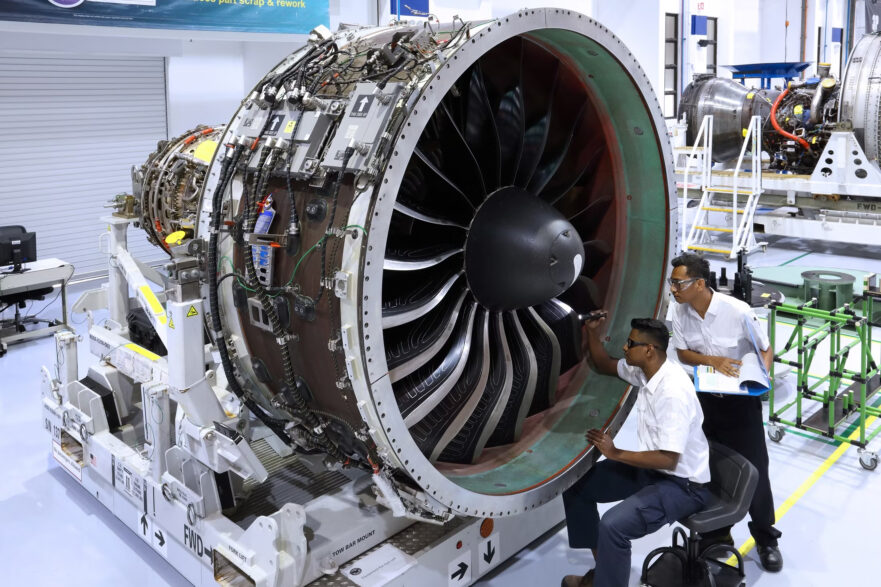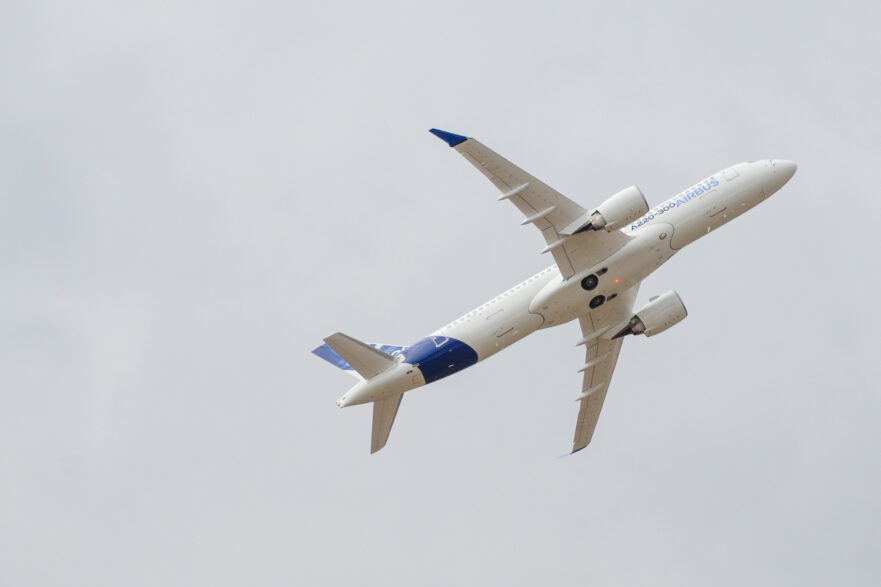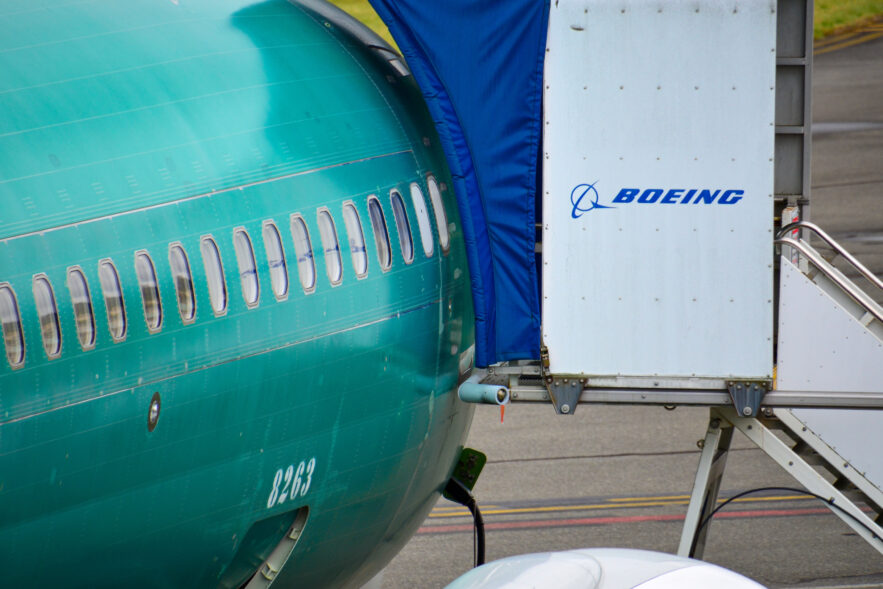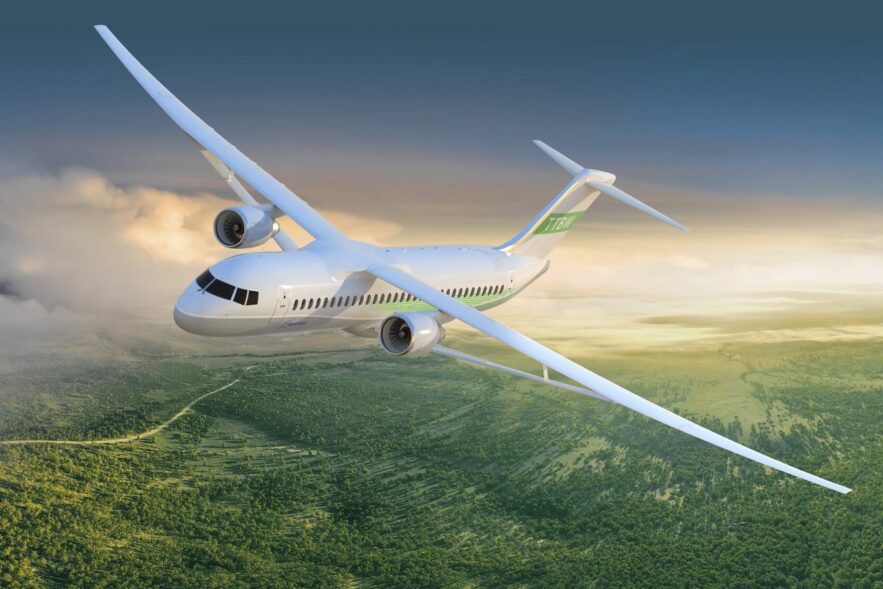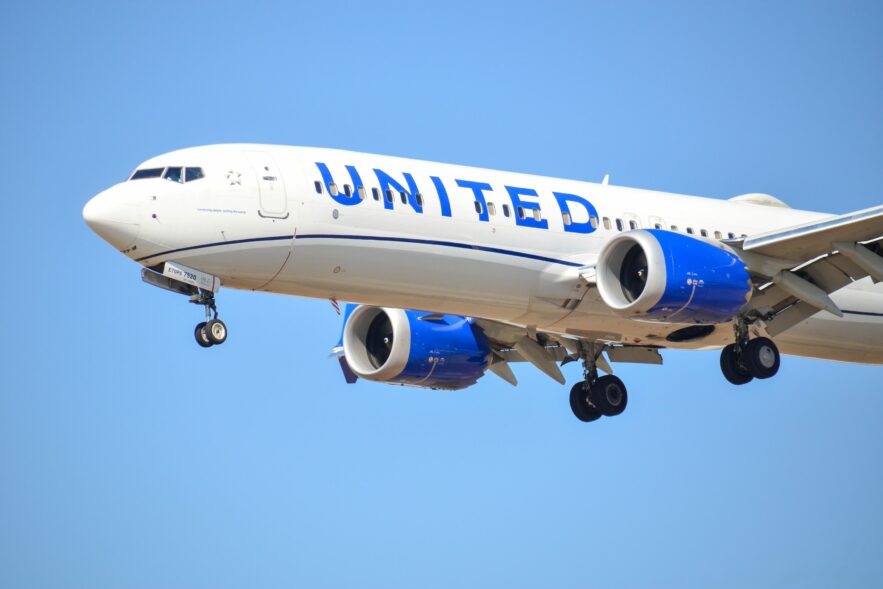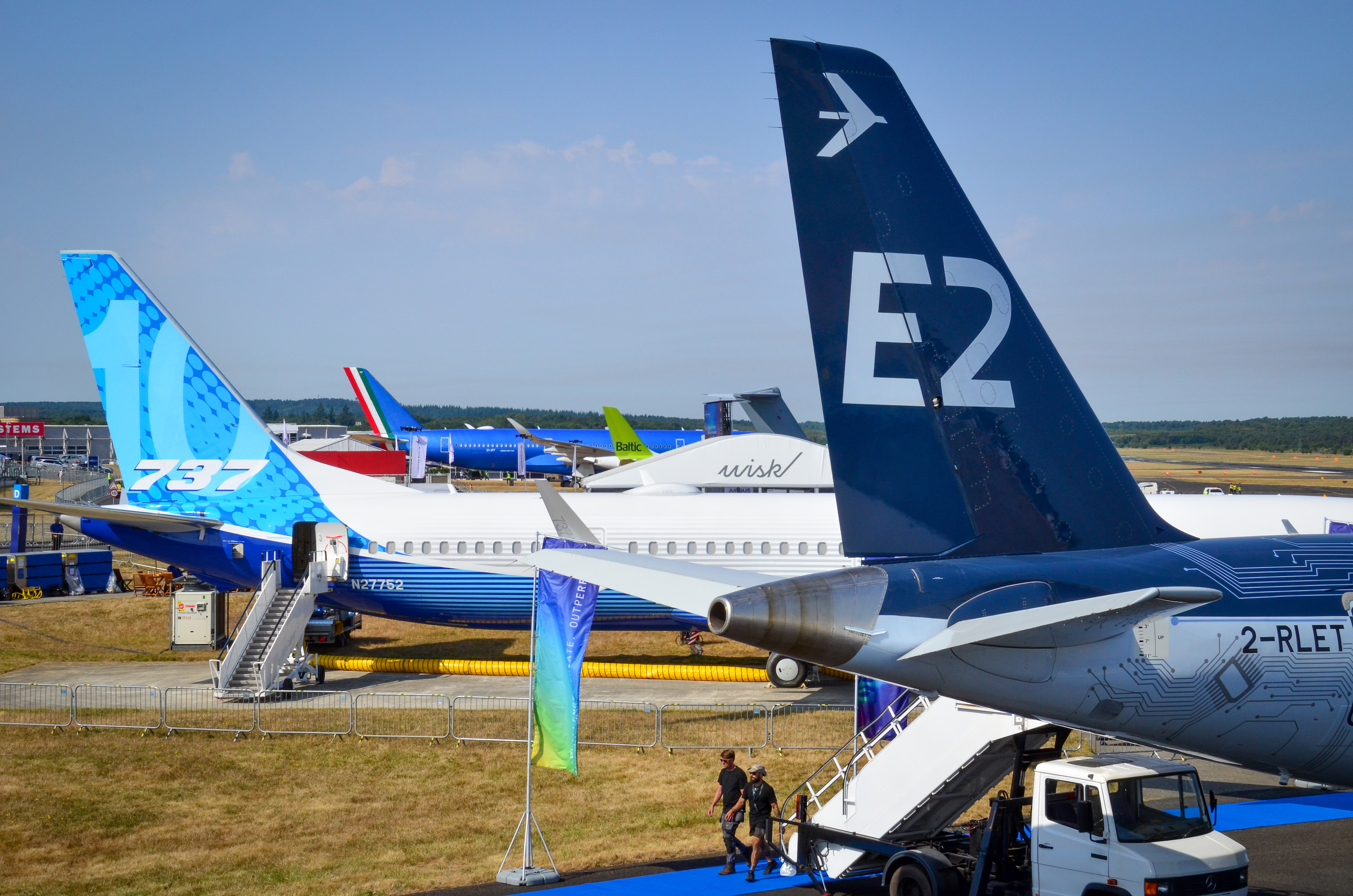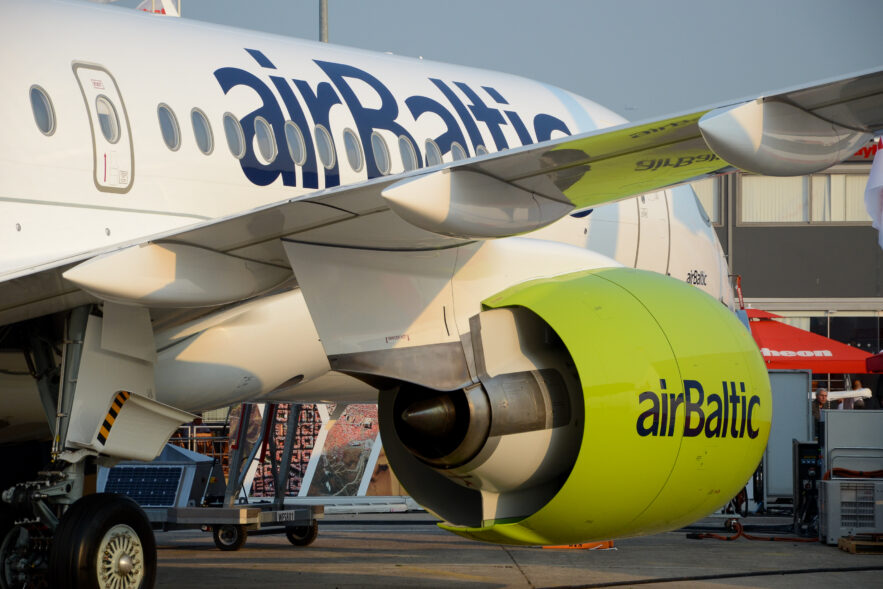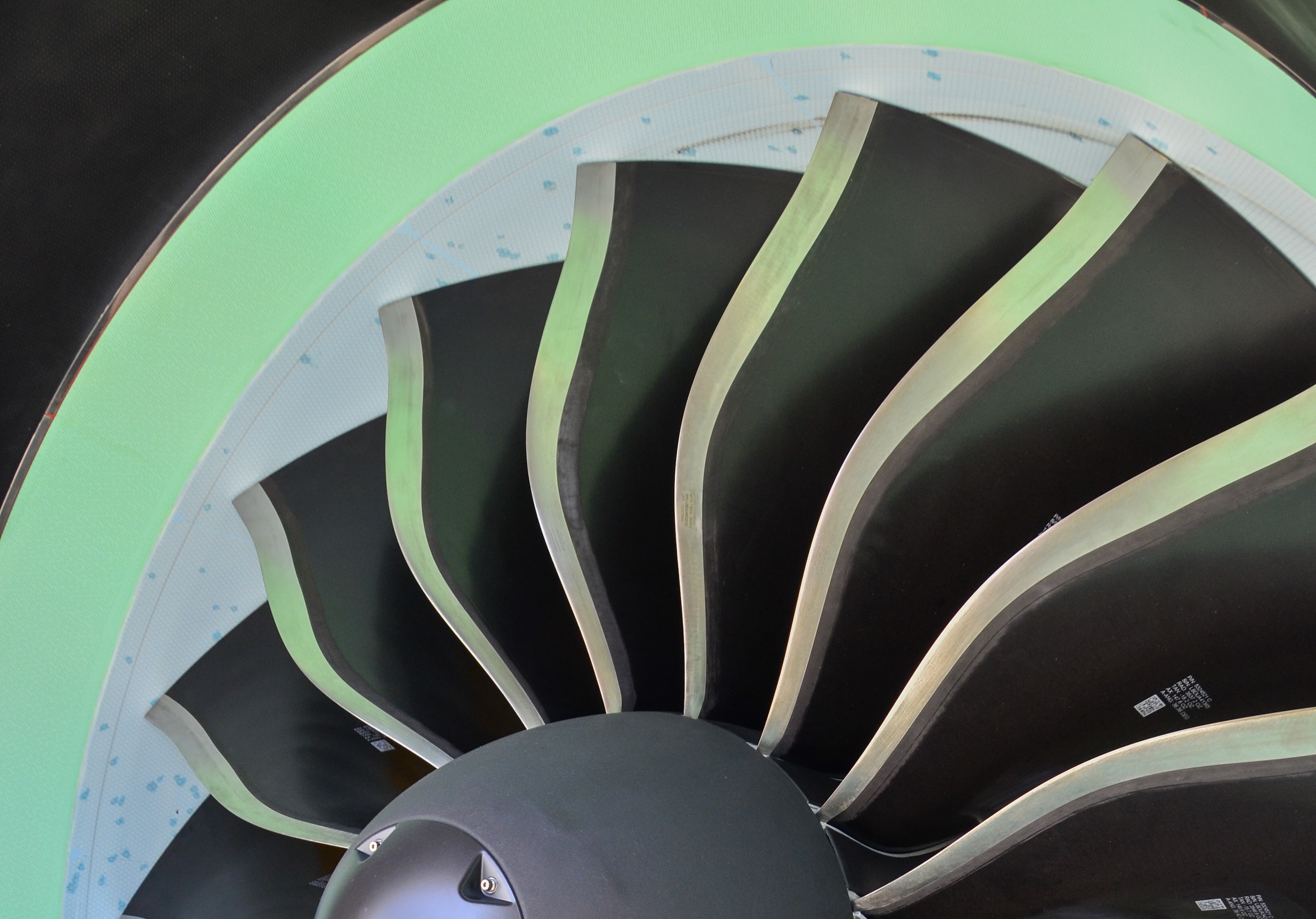Log-in here if you’re already a subscriber Release DateJuly 26, 2023RTX CEO: Pratt reputation will hinge on handling of GTF...
Log-in here if you’re already a subscriber Release DateJune 26, 2023The Airbus A221 begins to come into focusPurchase a PDF...
Log-in here if you’re already a subscriber Release DateJune 21, 2023Boeing will test CFM’s advanced open fan architecture with a...
Log-in here if you’re already a subscriber Release DateMarch 20, 2023Now airborne, Universal Hydrogen looks ahead to ATR commercializationPurchase a...
Log-in here if you’re already a subscriber Release DateFebruary 1, 2023Supply chain fragility drives fourth 737 Max line decisionPurchase a...
Log-in here if you’re already a subscriber Release DateJanuary 19, 2023NASA gives Boeing a second shot at reshaping commercial aviationPurchase...
Log-in here if you’re already a subscriber Release DateDecember 13, 2022With hundreds ordered, United wonders when its new fleet will...
Sign up to receive updates on our latest scoops, insight and analysis on the business of flying. It’s hard to...
Log-in here if you’re already a subscriber Release DateJuly 21, 2022Airbus advances A220-500 strategy around transcon and possible second enginePurchase...
Log-in here if you’re already a subscriber Release DateJuly 19, 2022Rolls-Royce CEO says Pratt & Whitney spin-off ‘might’ guide rekindled...
Log-in here if you’re already a subscriber Release DateJuly 17, 2022Harvest & hybrids await engine makers for the next decadePurchase...
Log-in here if you’re already a subscriber Release DateJuly 13, 2022Labor shortage drives Pratt & Whitney engine shortfallPurchase a PDF...
